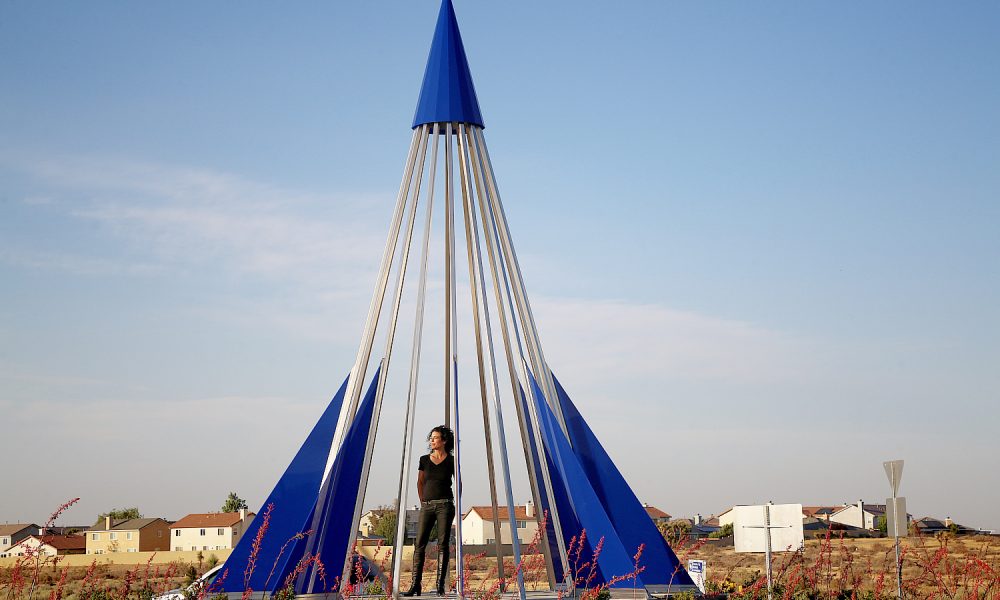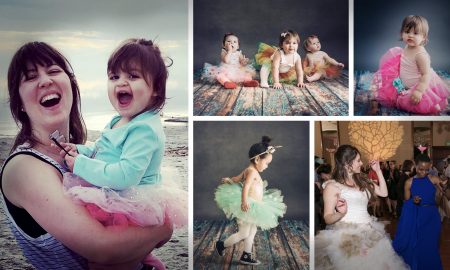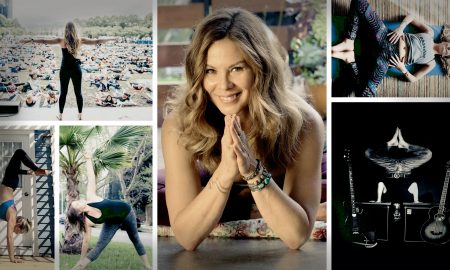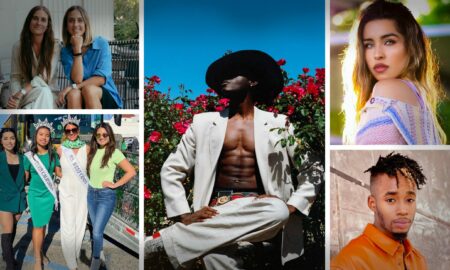

Today we’d like to introduce you to Shana Mabari.
Shana, we’d love to hear your story and how you got to where you are today both personally and as an artist.
I grew up in LA, in Fairfax district, at a time when Los Angeles was still very parochial in many ways but there were a lot of transplants from the East Coast and around the world, including my parents (my mother was from New York and my father from Israel). So you had this mix of a kind of East Coast sensibility — intellectualism and drive, if you will — with the countercultural tendencies of the West Coast, the freedom to explore different forms of expression. I always had the urge to create and make things; I joke that I “majored” in wood shop at Fairfax High School. But I didn’t settle into what you might call a formal art practice right away. I spent much of my early adulthood studying and working abroad, including Paris, Tel Aviv, Southeast Asia, and four years in Northern India. It’s hard to put into a few words the kind of impact that had on me, both as a human being and as an artist, but at the core it’s about what happens when you immerse yourself in very different cultures and different ways of being in the world, when you strip away a lot of your own cultural assumptions down to the bare bones and you get these profound insights into what really connects us as human beings, at a fundamental level. That’s been important to my work ever since I returned to LA to establish my studio practice here.
We’d love to hear more about your art. What do you do and why and what do you hope others will take away from your work?
I work in a number of different mediums, but what I’m probably most known for now, at least in terms of the work that’s been most publicly visible, are my large-scale sculptures, where I’m working with color, light, and geometric form in ways that take up the aesthetic concerns of the Light and Space movement that originated in California in the 1960s — the work of artists like James Turrell, Robert Irwin, Dan Flavin, and Helen Pashgian has definitely influenced me. It’s about exploring the dynamics of visual perception and how we experience physical space. At the same time, I’m very interested in science and in particular advanced fields like psychophysics and astrophysics. I have ongoing collaborations with experts in the visual sciences at Caltech and in the neurosciences at the Institute of Neuroinformatics in Zurich.
Recently, I was the first artist invited to join a mission of NASA’s Stratospheric Observatory for Infrared Astronomy, which is a 747 outfitted with a large telescope that flies up to 45,000 feet to study astronomical phenomena like black holes and the formation of star clusters. What does all that have to do with art? Exactly. It’s about finding points of intersection, commonalities. What is our individual relationship to the broader dimensions of the collective human experience, whether that’s crossing cultures or crossing into what are often highly technical scientific disciplines that have nevertheless dramatically expanded our understanding of physical reality, even over the course of just a generation or two.
Have things improved for artists? What should cities do to empower artists?
Working artists have always, to some degree, had to involve themselves in the business side of the art market, if they at all want to support themselves with their art. But I think today there’s more of a disjuncture, if you will, between what it takes to run a studio as a business — the fast-flying pace of the Digital Age — and the quiet, contemplative space that’s necessary to formulate ideas and create work. Trying to toggle between the two on a daily basis can be exhausting and counterproductive. What seems to work for my practice is to find a way to remove myself as much as I can from all distractions for a month or two each year, either by taking part in a formal residency or blocking out time for my own “self-imposed” residency, which allows me to steep myself in research and writing, and to let my ideas marinate in a way that allows me to make sure my work is staying on track with where I’m going creatively and intuitively.
Do you have any events or exhibitions coming up? Where would one go to see more of your work? How can people support you and your artwork?
Pieces from my series Diametros Petals and Leukos Petals are currently on view at Imago Galleries in Palm Desert and at the downtown LA offices of MATT Construction, whose major projects include The Broad museum. The display at MATT was curated by Andi Campognone, who is also the manager and curator of the Museum of Art and History in Lancaster, California. My first public commission for permanent display, Astral Challenger, is in Lancaster, and I’ll be returning to the museum in February 2020 for an exhibition there.
Contact Info:
- Website: www.shanamabari.com
- Instagram: https://www.instagram.com/shanamabari/
- Facebook: https://www.facebook.com/shanamabari.artist/







 Image Credit:
Image Credit:
Eric Staudenmaier, Eric Minh Swenson, Shana Mabari
Getting in touch: VoyageLA is built on recommendations from the community; it’s how we uncover hidden gems, so if you know someone who deserves recognition please let us know here.



















